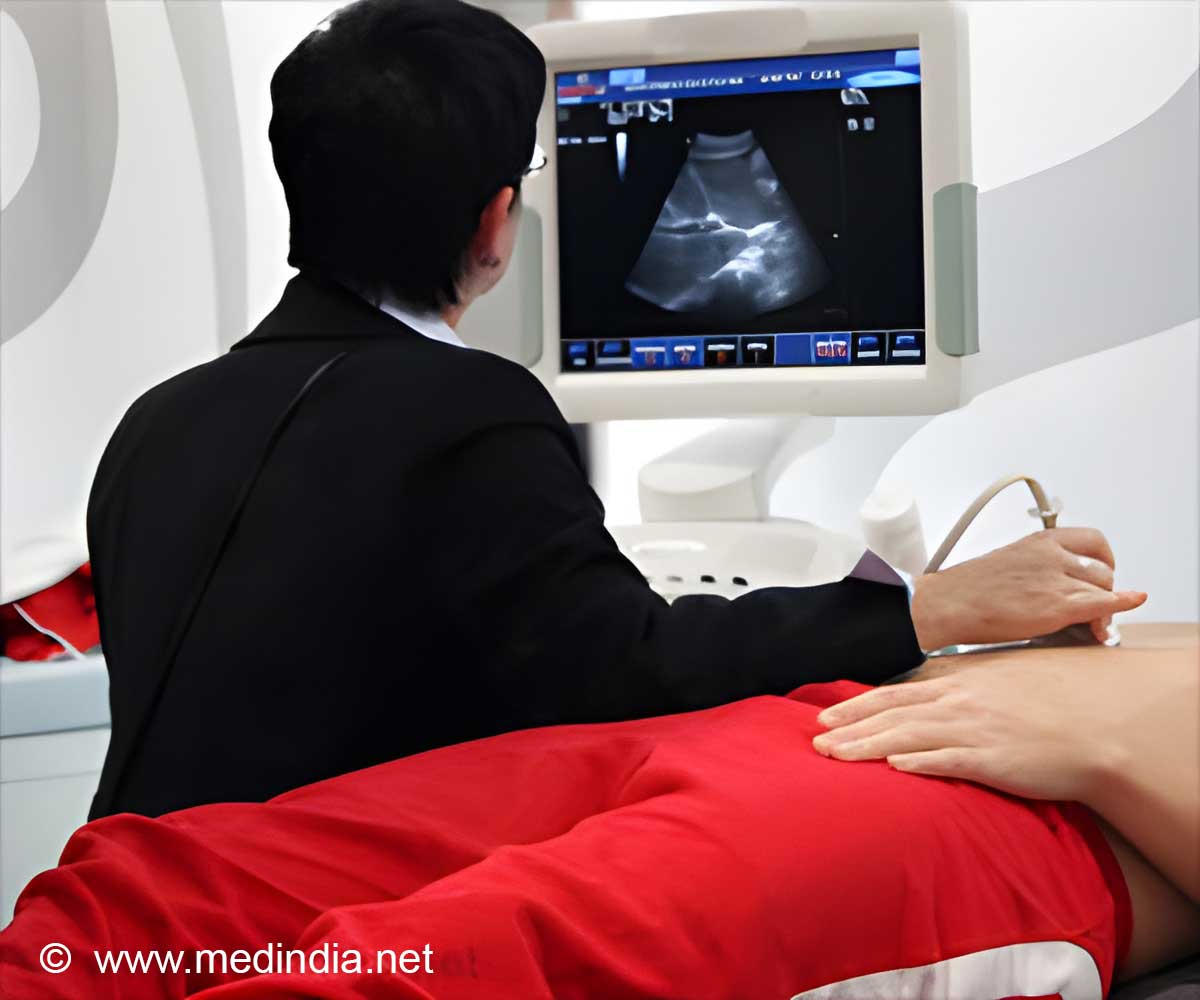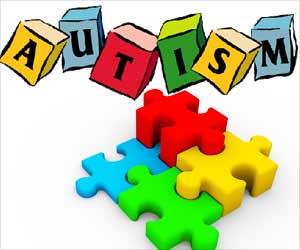Commonly diagnosed disorder that underwent diagnostic changes is Irritable Bowel Syndrome (IBS), which affects an estimated six percent of the US population

‘Functional GI disorders cannot be caught on any lab test, therefore, researchers at University of North Carolina School of Medicine are crafting diagnostic criteria to save millions of lives.’





William E. Whitehead, professor of medicine in the division of gastroenterology and hepatology and director of the UNC Center for Functional GI and Motility Disorders has served on the Rome Foundation Board since its inception. Functional GI disorders don't have a clear, organic cause, and cannot be caught on any lab test, Whitehead said. If a person has a functional GI disorder, "the gut is healthy, but it functions differently," said Miranda van Tilburg, PhD, an associate professor of medicine in the division of gastroenterology and hepatology, who contributed to the new diagnostic criteria. "We have to [diagnosis] based on symptoms...You could compare it to a [mental health diagnosis] in a way. For example, you cannot do a blood test for depression. You have to ask people questions and so we have to do the same thing for these disorders."
As researchers have learned more about these disorders, it has been necessary to update the diagnostic tools available to clinicians.
"The diagnostic criteria for functional GI and some motility disorders have gone through four editions, so the one that's just been released - Rome IV - is being published about 10 years after Rome III. It tries to incorporate the research that's been done since that time," Whitehead said.
Whitehead, along with van Tilburg, Douglas Drossman, MD, and Olafur Palsson, PsyD, played a critical role in the amended diagnostic criteria and patient questionnaires published in Rome IV. Drossman, who currently serves as president of the Rome Foundation, is an emeritus co-director of the UNC Center for Functional GI and Motility Disorders and adjunct professor of medicine and psychiatry. Palsson is a professor of medicine in the division of gastroenterology and hepatology and a member of the UNC Center for Functional GI and Motility Disorders.
Advertisement
"This year, there was a lot of time spent on the adult questionnaire," van Tilburg said -"revamping the answer categories so that they were more sensitive and better able to catch the symptoms we needed to catch." A commonly diagnosed disorder that underwent diagnostic changes is Irritable Bowel Syndrome (IBS), which affects an estimated six percent of the population - or about 19 million people in the United States. Before the new diagnostic criteria, an estimated 11 percent of the population was thought to have IBS or at least presented symptoms that mirrored IBS, Whitehead said. "In the adult criteria, [IBS] used to be diagnosed based on the presence of abdominal pain or discomfort at least three times a month," Whitehead said. "The new criteria require that there be pain - so discomfort doesn't qualify - and it requires that it occur at least once a week on average. There are also some changes in the way that sub-types of IBS are diagnosed, which often dictate what treatment is appropriate - what drugs, especially."
Advertisement
Source-Eurekalert









